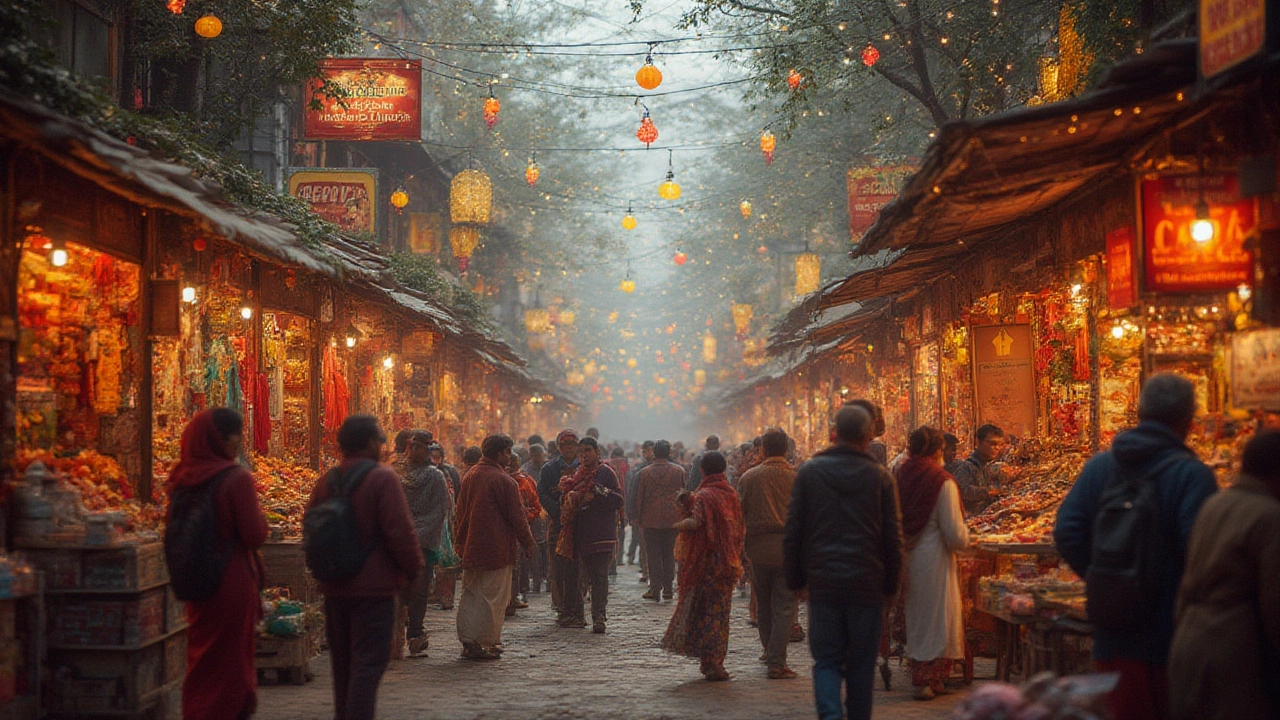
Find out why December is the most expensive month to visit India, how prices skyrocket, and ways to dodge massive costs during high season travel.
When planning a trip, understanding the most expensive month in India, the period when travel expenses, hotel rates, and demand spike can save you a lot of cash. Most visitors don’t realize that travel costs, the total money you spend on transport, lodging, food and activities are driven by three main forces: the peak tourism season, the time of year when domestic and international visitors flock to popular spots, the calendar of festival seasons, periods when major cultural celebrations draw crowds and raise prices, and the prevailing currency exchange rates. In short, the most expensive month in India encompasses the highest demand, the biggest festivals, and the strongest rupee against foreign currencies.
First, the peak tourism season aligns with comfortable weather across the subcontinent. When skies are clear in Delhi, Rajasthan, and the Golden Triangle, hotels fill up and airlines raise fares. This creates a classic supply‑and‑demand curve: more travelers means higher prices. Second, festivals like Diwali, Holi, and Navratri bring massive influxes of domestic tourists. Hotels, guesthouses, and even street food stalls raise their rates to cash in on the celebration spirit. Finally, exchange rates matter a lot. A strong US dollar or euro stretches your budget, while a weak rupee can make even the “expensive” month feel more affordable for foreign visitors.
Because these factors overlap, the most expensive month often lands in the October‑November window. October sees the end of monsoon, pleasant temperatures, and the start of Diwali celebrations – a perfect storm for price hikes. November continues the good weather, adds the Pushkar Fair in Rajasthan, and still catches the tail end of the holiday shopping rush. If you’re traveling from the US, the rupee typically weakens a bit in these months, which can offset some of the surge, but overall you’ll pay more for flights and accommodation than in the off‑season.
Knowing the cost drivers lets you plan smarter. If your itinerary focuses on North India’s monuments, consider visiting in September or early December when the weather is still decent but crowds thin out. For South India’s beaches and wildlife parks, the shoulder months of January and February often offer lower rates and milder weather. Budget travelers can also look for last‑minute hotel deals and use rail passes that lock in lower rates before the peak period hits.
Beyond the big festivals, regional events add hidden spikes. A music festival in Goa, a kite‑flying contest in Gujarat, or a cricket match in Mumbai can temporarily push local prices up. Staying aware of these micro‑events helps you dodge unexpected surcharges. Checking local tourism boards or social media feeds a few weeks before departure gives you a clear picture of what’s happening on the ground.
Currency exchange rates are the wildcard many ignore. When the rupee strengthens against your home currency, even a “regular” month can feel pricey. Tools like real‑time exchange trackers let you lock in a good rate before you book, or even buy travel cards that freeze a favorable rate. Pairing a good exchange rate with off‑peak travel dates is the most effective way to keep your budget in check.
Below you’ll find a curated list of articles that break down each of these factors in detail. From deep dives into festival pricing to step‑by‑step guides on using rail passes, the posts will help you decide when to book, where to stay, and how to stretch every rupee. Dive in and discover the best way to travel India without breaking the bank.

Find out why December is the most expensive month to visit India, how prices skyrocket, and ways to dodge massive costs during high season travel.